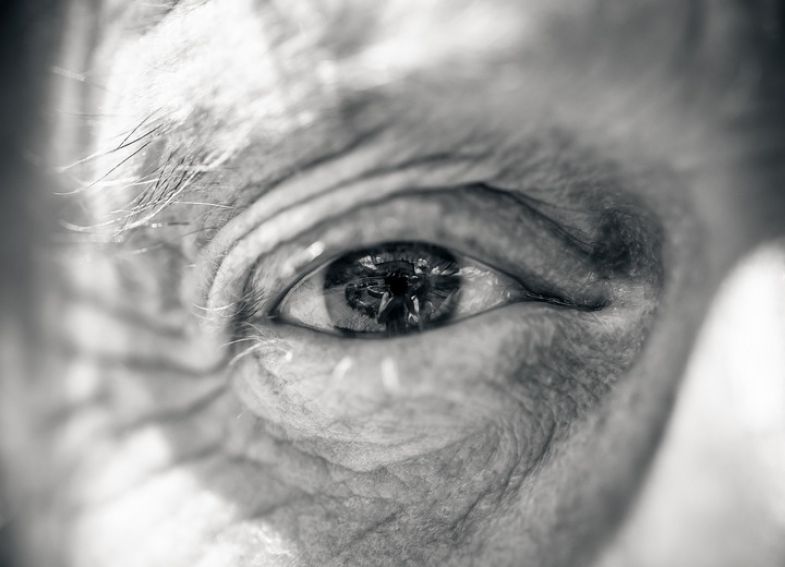
Age-related macular degeneration (AMD) is a leading cause of blindness globally. With an aging population, the number of people with AMD is estimated to reach 243 million worldwide by 2030. AMD first presents as blurred, distorted vision, difficulty seeing in dim lighting, and reading problems. It can eventually lead to reduced independence and quality of life.
Bristol Medical School has conducted trials that led to policy changes for the treatment of wet AMD, the most severe form. Research from the School of Biological Sciences has also led to the commercialization of new technology for individual AMD risk identification and preventive eye care.
Addressing AMD treatment cost and burden
Wet AMD develops due to abnormal blood vessels forming under the macula, which is caused by an altered production of vascular endothelial growth factor (VEGF). Licensing of the biological anti-VEGF drug ranibizumab has significantly improved prognosis. However, its high cost and the need for repeated injections into the vitreous of the eye impose a significant burden on patients and healthcare services.
Evidence suggested that bevacizumab, an off-label biological anti-VEGF drug used to treat cancer, could be as effective as ranibizumab for AMD treatment. The IVAN trial, developed by Bristol Professors Barnaby Reeves and Chris Rogers, compared the efficacy and safety of the two drugs, and provided robust evidence that bevacizumab is just as good as ranibizumab. They were also able to demonstrate that a treatment-as-needed approach was as effective as monthly treatment, with substantial cost-savings over ranibizumab and negligible differences in quality of life.
Bevacizumab was added to the World Health Organization (WHO) Model List of Essential Medicines in 2013, after the trials provided strong evidence of its efficacy and safety in treating wet AMD. These findings have led to changes in clinical guidelines worldwide and helped increase treatment availability.
Developing new diagnostic tools
Polarization is a property of light that can provide useful information about a visual scene; many animals use it to improve contrast and inform behaviors. Recent research by Professors Shelby Temple and Nicholas Roberts into octopus and cuttlefish vision revealed that octopuses have the most sensitive polarization vision system of any animal tested to date.
This same technology was used to develop a novel diagnostic device called the MP-eye, which tests the ability of humans to see the polarization of light. The device is based on an entopic visual phenomenon that relies on the absorption of light by macular pigments in the eye, and can help optometrists easily and quickly assess eye health. The output (MP-eye score) provides quantitative evidence to support an optometrist’s advice around simple lifestyle choices that can reduce the risks of developing AMD later in life.
Promoting better eye health
One important aspect of eye health is the potential damage caused by blue light, a wavelength in the light spectrum that can cause damage to cells and tissues. Short-wavelength, high energy visible, blue light has enough energy per photon to create reactive oxygen species and free radicals that damage proteins, cell membranes, RNA, DNA, and mitochondrial DNA. By detecting the density of macular pigments in the eye, the MP-eye can help identify individuals who may be at risk of blue light damage and promote better eye health. Prof Temple continues to actively raise awareness of the risks of blue light to both practitioners and the public.
Read the full story here
An interdisciplinary approach to addressing challenges in vision
The University of Bristol’s Vision Institute (BVI) spans human and animal vision, artificial vision systems, visual information processing and the creative arts. Built on the belief that interdisciplinary is central to future developments in this field, BVI brings together researchers from science, engineering, medicine and the creative arts with the aim of addressing grand challenges in vision research.
























